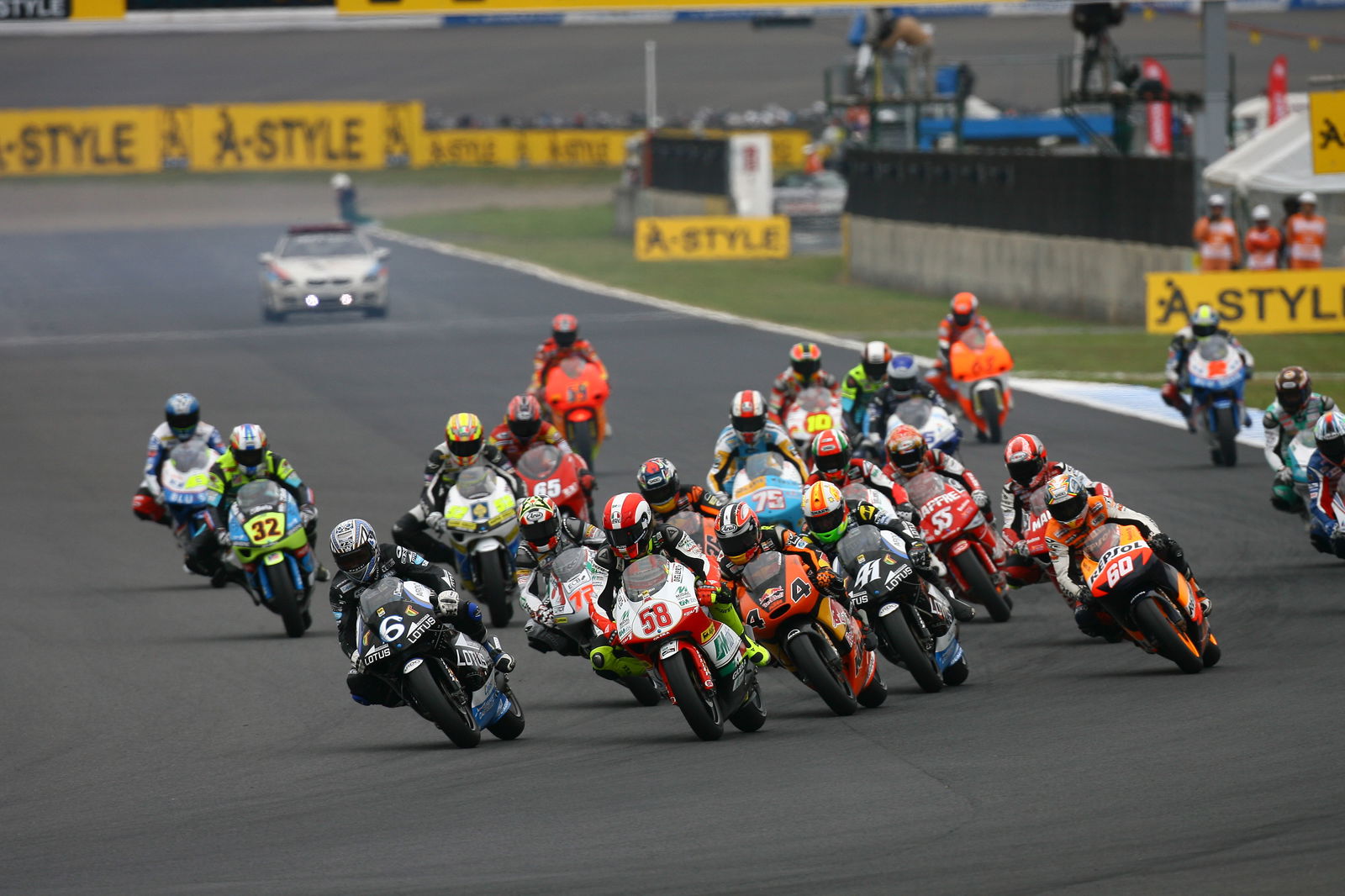Moto2: Ride-by-wire first step for 2019 ECU

Alongside the change from Honda to Triumph engines, the Moto2 World Championship will also receive a new ECU in 2019.
Magneti-Marelli, supplier of the unified MotoGP ECU, has won the tender for the future Moto2 system, which will feature much more advanced technology to help close the gap with premier-class electronics.
Indeed, the Moto2 ECU will be based on the same software as the MotoGP class. However many of the Moto2 features - including traction control - will not be available in year one.
"Marelli won the tender and the model is decided. It will be a lower specification than MotoGP of course because it is more cost oriented," MotoGP Director of Technology Corrado Cecchinelli told Crash.net. "The software will be derived from the MotoGP software, by removing a lot of stuff that cannot fit or we think is not appropriate for Moto2.
"We also want to make it very simple at the beginning. As an example, reasonably we will start without traction control in year one. But, reasonably again, we will introduce it in year two.
"There is a block that we have to put in from the beginning and that will compensate for 90% of the technical gap between Moto3, Moto2 and MotoGP. The basic block handles the ride-by-wire and a proper engine braking strategy. Those will be in from the very beginning. All the rest, the plan is not to put them in from the beginning; anti-wheelie, traction control etc."
Ride-by-wire means there will no longer be a physical (cable) connection between the throttle grip and engine.
"Now they are using a very 'vintage' cable system - in Moto2 and Moto3 - so they miss out on a big point of modern racing," Cecchinelli said.
"Even with the most basic ride-by-wire setting you can at least smooth out the torque curve of the engine. The most obvious thing you can do is introduce a difference between the amount the rider twists the throttle and the amount the throttle body opens, for different gears.
"For example, in the lower gears 100% twist of the throttle by the rider could result in only 50% of the throttle opening on the engine.
"The second immediate advantage of even a basic ride-by-wire system is much better control of engine braking. At the moment engine braking in Moto2 is just controlled by opening of a very basic bleed, bypass circuit if you like. This is based on RPM when the throttle is closed. Very basic.
"The engine-braking strategy for the future - using ride-by-wire - can be track position sensitive, gear sensitive, lean angle sensitive, RPM sensitive. Even if we remove some of these features for Moto2 it will be a big improvement in performance. And the quality of the braking is better because by opening the throttle you can adjust fuelling so that combustion is still okay.
"After these basic steps, you can go on to use the ride-by-wire technology for chassis control strategies like anti-wheelie and so on."


